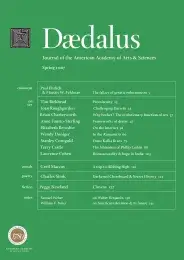Why bother? The evolutionary genetics of sex
It is an astonishing finding–derived from more than a century of painstaking research into the cellular basis of reproduction in a huge variety of organisms– that sex is the most prevalent mode of reproduction among the great division of life (the eukaryotes), which includes animals, green plants, algae, fungi, and protozoa.1
To geneticists, sexual reproduction is the formation of a new individual from a cell (zygote) produced by the union of two different cells (gametes). In the case of animals, the gametes are an egg and a sperm. When the resulting individual reproduces, its gametes contain a patchwork of genetic information derived from each of the two gametes that generated it (a process called recombination). Recombination happens regardless of whether the zygote divides to form many separate single-celled individuals (as in simple organisms, like yeast), or whether the daughter cells remain associated to produce a complex multicellular organism, like an oak tree or a person. In contrast, with asexual reproduction, a single parent produces offspring that are usually exact genetic replicates of itself.
We have good grounds for believing that regular sexual reproduction evolved very early in the history of the eukaryotes, and that most instances of asexual reproduction among them are the result of subsequent evolution. All mammals and all birds reproduce sexually, but only a few dozen species of reptiles, amphibia, and fish reproduce asexually.2 Similarly, only about 0.1 percent of the over three hundred thousand species of flowering plants are thought to reproduce asexually.3
. . .
